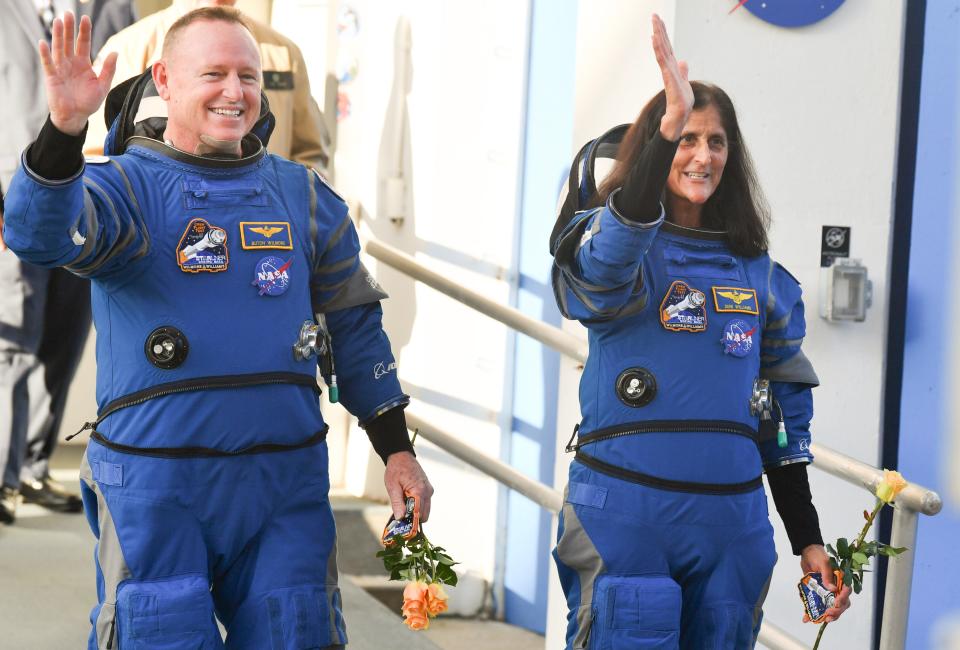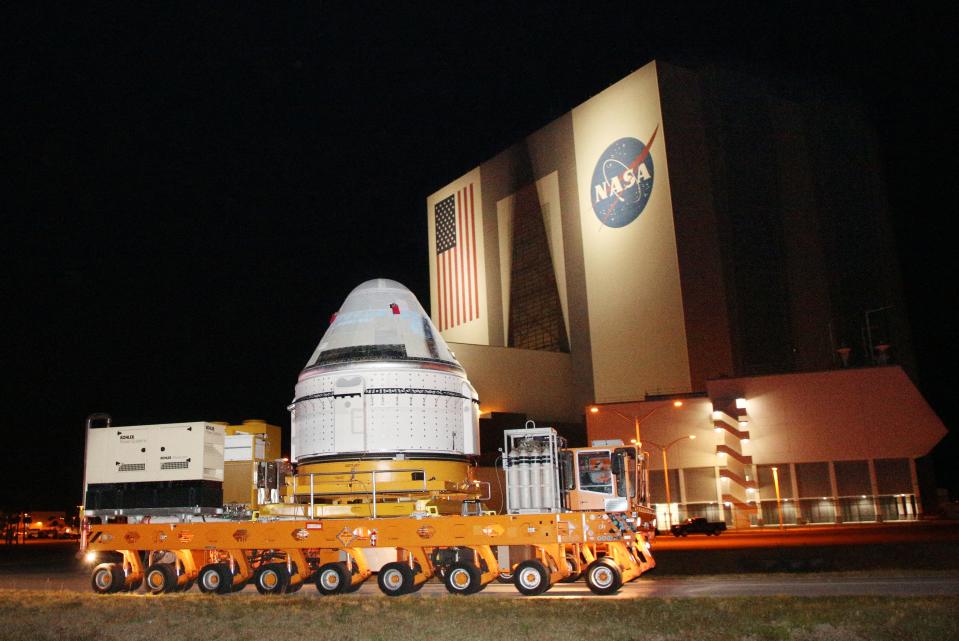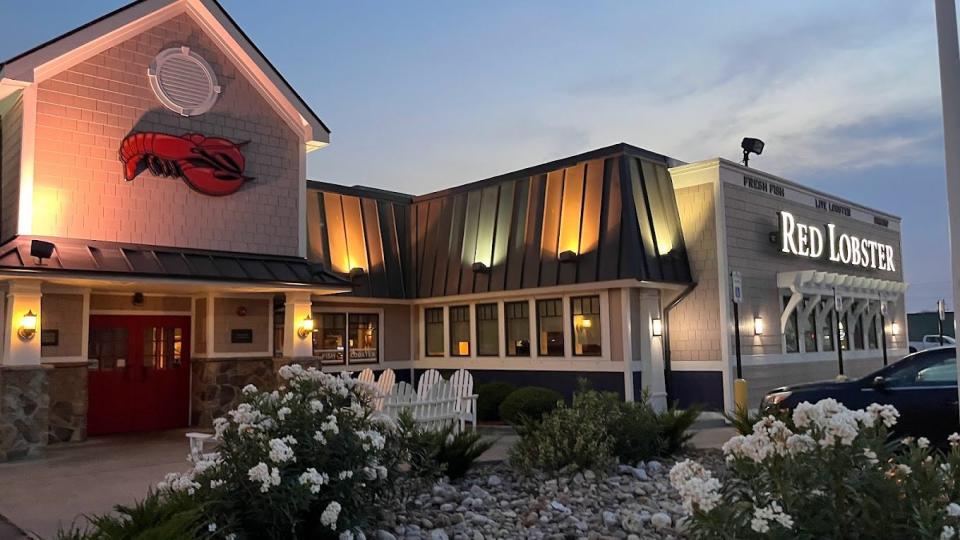Two veteran NASA astronauts are finally bound for the International Space Station aboard Boeing’s Starliner space capsule nearly a month after its initial planned launch was scrubbed last minute.
Launching Wednesday from Florida, the inaugural crewed flight of Boeing’s CST-100 Starliner is a critical demonstration for the aerospace company, which hopes to join Elon Musk’s SpaceX as one of two companies making routine trips to orbit on NASA’s behalf. The mission is the first crewed orbital test flight for Boeing following two previous demonstrations that were conducted with no astronauts on board.
NASA, which provided live coverage of Wednesday’s launch, is expected to provide coverage of the landing as well, which is projected to occur a little over 24 hours after launch.
Here are updates from the launch and what to know about the mission.
A year behind and over budget: Timeline shows Boeing Starliner struggles and scrubs
Starliner reaches orbit
According to NASA’s live stream, the Starliner safely entered orbit around 11:24 a.m.
“The names of Wilmore and Williams now join Glenn, Carpenter, Schirra and Cooper as American astronauts to launch into space atop Atlas rockets from Cape Canaveral,” ULA officials said in a blog post.
Starliner orbital insertion burn
Around 11:23 a.m., the Starliner engaged in an orbital insertion burn – a process in which a craft is slowed down enough in relation to the velocity of the target body to allow the craft to enter its orbit.
The burn took Starliner out of its suborbital trajectory and pushed it up to an altitude that will allow it to enter proper orbit to catch up with ISS.
The capsule successfully broke away from the rocket after reaching orbit and began firing its own engines as it powered onward to the International Space Station, NASA said.
Boeing Starliner launches from Florida: ‘Let’s get going’
The Starliner spacecraft was perched atop the Atlas V rocket when it launched at 10:52 a.m. ET Wednesday from the Kennedy Space Center in Cape Canaveral, Florida.
In the moments leading up to the launch, astronaut Barry “Butch” Wilmore delivered a speech while strapped into his seat on the craft next to fellow astronaut Sunita “Suni” Williams.
“We saw many American flags and many of you were waving flags at us … also one on the side of the rocket itself,” said Wilmore. “We know that that represents unity and resilience, and unified efforts for the common good. And that’s what Suni and I have witnessed this last month.”
“Each of you displays what this nation’s forefathers envisioned, a people committed to God, family and country, a people who use their gifts and talents for the common good and are passionate and tough. And we all know when the going gets tough, and it often does, the tough get going, and you have. And Suni and I are honored to share this dream of space fight with each and every one of you,” he continued.
“So with that, let’s get going. Let’s put some fire in this rocket, let’s push it to the heavens where all these tough Americans are prepared to be.”
What’s next for Starliner?
If all goes to plan, Starliner will dock Thursday morning on the forward-facing port of the International Space Station’s Harmony module. Once it reaches the space station in less than 24 hours, crew will spend a little more than a week testing the Starliner spacecraft and its subsystems before they board the capsule for a return trip to Earth.
The craft will land in the American Southwest using parachutes that will slow it down to 4 mph before inflating large airbags.
Who is on board the Starliner?
The Starliner was designed to accommodate no more than seven passengers for missions to low-Earth orbit. For NASA, the capsule is intended to carry four astronauts along with a mix of cargo and other scientific instruments to and from the space station.

The two NASA astronauts on board the Starliner are Wilmore and Williams, both Navy test pilots who have ventured to space twice before.
What happened on past Boeing test flights?
Dozens of software and engineering issues resulted in the failure of a previous attempt in 2019 to send an uncrewed Starliner to the ISS for a week.
While it reached orbit, the capsule failed to reach the space station and instead returned to Earth, according to Florida Today, part of the USA TODAY Network. That mission raised questions and doubts about NASA’s future with Boeing, which is scheduled to fly six crewed astronaut missions once it’s certified as safe for flight, as reported by Reuters.
The follow-up flight test in 2022 met standards of docking to the space station and successfully landed, but not without the discovery of multiple issues as Boeing crews inspected the spacecraft later on, Florida Today reported.
Boeing competes with SpaceX to make low-Earth orbit trips
A successful mission would provide NASA with a second operational spacecraft to carry astronauts to the International Space Station.

As part of NASA’s commercial crew program, Boeing was awarded $4.8 billion and SpaceX was awarded $3.1 billion in 2014 to develop their respective spacecrafts capable of making crewed scientific trips to low-Earth orbit, Florida Today reported.
Under NASA’s more ambitious commercial lunar program, it’s also paid SpaceX $2.9 billion to develop the first commercial human lander for the agency’s Artemis moon missions and eventually trips to Mars.
In March, SpaceX had its most successful test yet of the Starship rocket needed to ferry astronauts to the lunar surface for the first time since the Apollo era. While in orbit, the Starship hit several key milestones and conducted a handful of in-flight tests that are a crucial step forward for it to be reliable and functional in time for Artemis III, slated for sometime in 2026.
SpaceX, whose Dragon spacecraft flew its first human mission in 2020, recently saw its Crew-7 return to Earth after nearly 200 days aboard the International Space Station. The eighth crew comprised of three NASA astronauts and one cosmonaut launched March 3 and docked March 5 to await the arrival of Boeing’s Starliner capsule.
If the mission is a success, NASA will begin the final process of certifying Starliner and its systems for crewed rotation missions to the space station, according to NASA.
Eric Lagatta covers breaking and trending news for USA TODAY. Reach him at elagatta@gannett.com
This article originally appeared on USA TODAY: Boeing Starliner finally launches, 2 astronauts bound for ISS
Signup bonus from



